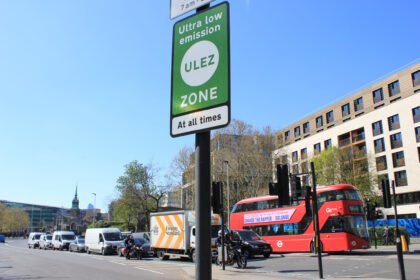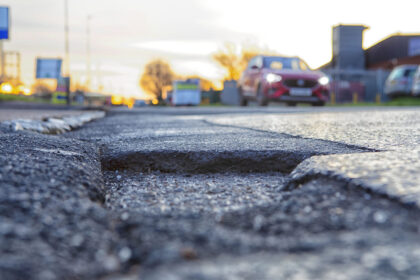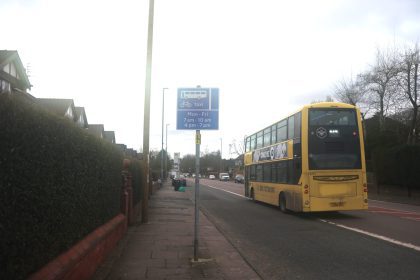As the government continues its drive to make towns and cities greener through schemes like clean air zones, taxi drivers who have yet to make the switch to EVs can face hefty charges to pick up fares.
Drivers in London already pay fees under the expanding ultra-low emission zones (ULEZ) in which vehicles that are not Euro 6 (diesel) and Euro 4 (petrol) compliant are charged £12.50 a day to drive within the zones.
Depending on the fare, some might see it as a price worth paying and include it in the cost of a one-off journey. But if that is where they operate regularly, it would add £87.50 to a seven-day week.
Further problems arise when drivers enter clean air zones unknowingly or unexpectedly and face a large penalty charge if they don’t pay in time – or an awkward conversation with the passenger about the price of the fare suddenly increasing.
Similar schemes are in operation in Bath, Birmingham, Bradford, Bristol, Portsmouth, Sheffield and Tyneside. Greater Manchester is expected to introduce its CAZ this year, but it has been delayed due to controversy over the size of the charging area and is under review.
The clean air zones do not only affect black cabs and private hire vehicles registered within them. They also affect every vehicle that comes into them, wherever they are from. In addition to the standard clean air zone charges, the government has reminded taxi drivers that local authorities may set a different standard for taxis and private hire vehicles and drivers should always check if they need to pay a charge or contact the relevant local authority for more information.
It is also worth remembering that as well as clean air zone charges, other important details can be checked, such as a vehicle’s road tax, MoT and public hire insurance or private hire insurance.
As reported by Taxi Point, cities can choose one of four possible clean air zones from Class A through to Class D which each class targeting different types of road vehicles. Drivers who fail to comply can receive a fine of up to £120.
The cities where taxis and private hire vehicles are affected the most are Birmingham and Bristol which have introduced Class D clean air zones. As reported by Taxi Point, these are the most far reaching and require private car drivers to register and potentially pay charges depending on the level of their emissions.
Both Bath and Bradford have introduced Class C Clean Air Zones, which target vans, minibuses, coaches, taxis, HGVs, buses and private hire vehicles but not privately owned cars.
In Portsmouth – currently the only city to have brought in Class B restrictions – charges apply to coaches, taxis, HGVs, buses and private hire vehicles but not cars, vans or minibuses.
The advice from dash-cam manufacturer Road Angel is for taxi drivers to check the status of the areas in which they will be travelling and make sure they comply with any rules, restrictions and charges.
While a vehicle may be classed differently between local authorities and charging zones, the aim of the schemes is to get more people to switch to fully electric vehicles.
A spokesperson for Road Angel said: “We welcome changes to improve air quality in our cities, but we don’t want these changes to take any drivers by surprise.
“Therefore, we are urging drivers who may be visiting any of these cities to check the government’s website to find out if they are required to obtain a permit for a clean air zone.
“It’s also worth checking the vehicle’s logbook where information on the vehicle’s emission rate can be found to determine if charges can be applicable in clean air zones.
“If drivers don’t pay the fee applied to their area within six days of entering the clean air zone, they can face a standard penalty charge of £120.
“Going forward, we predict this will encourage drivers to turn to electric vehicles so they don’t have to face further charges for their vehicle’s emission rates.”
And more cities are expected to introduce clean air zones to cut harmful emission levels so it is worth keeping up to date with government advice, as well as checking local authority areas you might operate in.




